Home

Symptoms & Illnesses

Clubfoot (Talipes Equinovarus): Meaning, Symptoms & More
In this Article
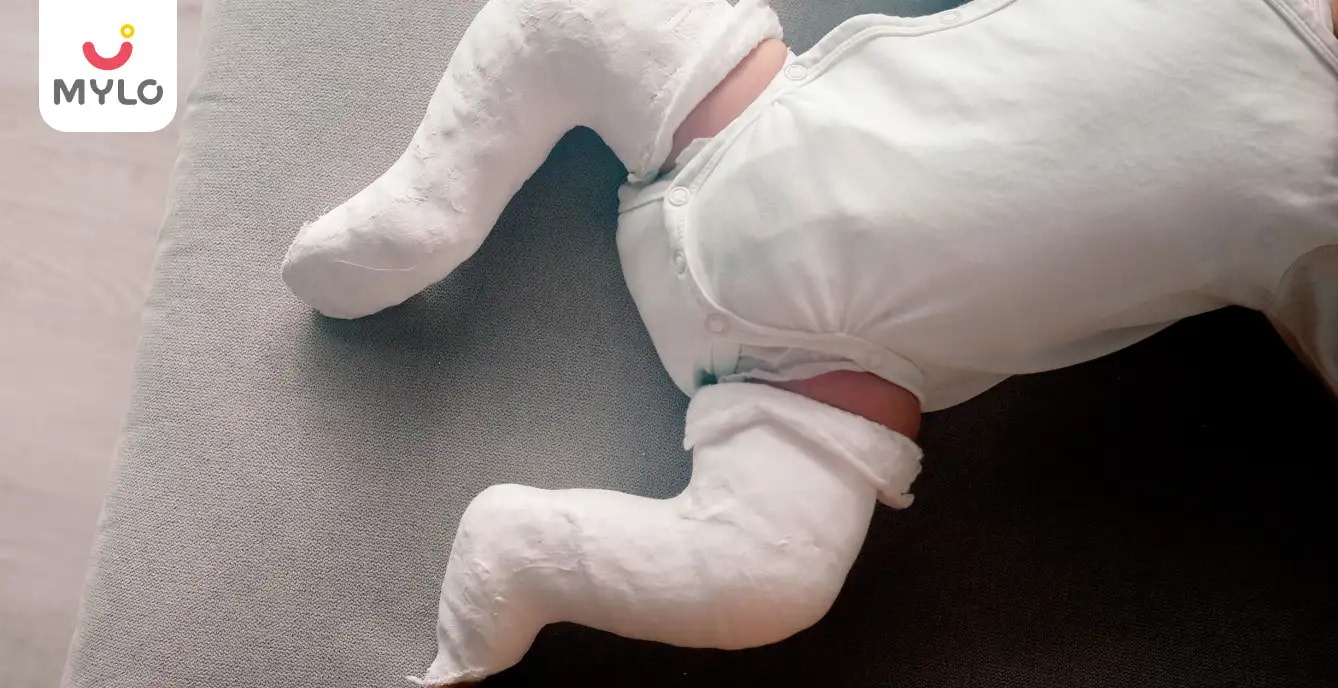
Symptoms & Illnesses
Clubfoot (Talipes Equinovarus): Meaning, Symptoms & More
Updated on 9 May 2023
Clubfoot is a common birth defect that affects the bones and muscles in the feet. A baby can be born with clubfoot in one or both feet. Clubfoot usually isn’t painful and can be treated. In this article, we will understand in detail what is clubfoot, what are its symptoms, causes, risk factors and clubfoot treatment.
What is Clubfoot?
Clubfoot or talipes equinovarus cover a range of foot abnormalities in which a baby’s foot is twisted in shape or position. In clubfoot, the tissues which connect the muscles to the bone or tendons are shorter than usual. Clubfoot can be mild or severe and if left untreated can lead to serious issues such as trouble walking.
What are the Clubfoot symptoms?
Clubfoot symptoms include the following:
-
The top of the foot is often twisted downward and inward which increases the arch and turns the heel inward.
-
The foot may be turned so fiercely that it may look as if it’s upside down.
-
The affected foot or leg may be slightly shorter.
-
The calf muscles of the affected leg may be underdeveloped.
Despite the clubfoot symptoms, the condition isn’t usually painful. The doctor will most likely notice clubfoot soon after a child is born and will recommend you the right course of treatment.
What are the Clubfoot causes?
The causes of clubfoot are largely unknown and said to be idiopathic. However, it is believed that genetic and environmental factors play a major role. The condition is usually passed down generations and is not caused by the fetus’ position in the uterus. Clubfoot may be linked to skeletal abnormalities such as hip dysplasia, developmental dysplasia of the hip or spina bifida cystica.
Environmental factors and maternal health may also play a role such as the mother’s age, whether the mother smokes or if she has diabetes. There has also been an association between early amniocentesis (before 13 weeks of gestation) and higher risk of clubfoot.
What are the risk factors of clubfoot?
The following risk factors have been associated with clubfoot:
1. Gender
Boys are twice as likely to develop clubfoot than girls.
2. Family history
If one of the parents or a sibling have had clubfoot, the newborn baby is more likely to have it as well.
3. Congenital conditions
Clubfoot has also been associated with other skeletal abnormalities that are present at birth such as hip dysplasia, developmental dysplasia of the hip or spina bifida cystica.
4. Environment
Smoking during pregnancy, maternal diabetes and age can also raise a baby’s risk of developing clubfoot.
5. Low amniotic fluid
A very low amount of amniotic fluid, fluid that surrounds the baby in the womb, may also increase a baby’s risk of clubfoot.
How is clubfoot diagnosed?
A doctor most commonly notices clubfoot soon after the birth of a baby simply by looking at the shape and position of the baby’s foot. Sometimes, the doctor may suggest an X-ray to fully understand the severity of the clubfoot.
It’s also possible for the doctor to detect a clubfoot before birth during a routine ultrasound scan around week 20 of pregnancy. Although nothing can be done before birth to treat the problem, knowing the condition before may give you time to learn about it and prepare for the clubfoot treatment.
How Is Clubfoot Treated?
Clubfoot treatment usually begins within the first two weeks after birth because a newborn’s bones, joints and tendons are extremely flexible. The aim of clubfoot treatment is to improve the appearance and function of the child’s foot before he/she learns to walk to prevent any long-term disability.
Clubfoot treatment include the following:
-
Stretching and casting
-
Surgery
1. Stretching and Casting
Stretching and casting, also known as the Ponseti method, is the most common clubfoot treatment. The doctor will:
-
Move the baby’s foot into the right position and place it in a cast to hold it there
-
Reposition and recast the baby’s foot once a week for some months
-
Perform a minor surgery to lengthen the Achilles tendon towards the end of the process
Once the shape of the baby’s foot is realigned, parents should maintain it by doing the following:
-
Stretching exercises with the baby
-
Putting the child in special shoes or braces
-
Ensuring the child wears the shoes and braces as long as recommended (usually full time for 3 months) and later while sleeping for up to 3 years
The success of this clubfoot treatment lies in the correct application of braces as per the doctor’s directions to ensure the foot doesn’t return to its original position. This method may not work sometimes if the braces are not used as directed.
2. Surgery
The doctor may recommend an invasive surgery if the baby’s clubfoot is severe or doesn’t respond to nonsurgical treatments. An orthopedic surgeon can reposition or lengthen the baby’s tendons and ligaments to ease the foot into a better position. Once the surgery is done, the child will stay in a cast for up to 2 months and need to wear a brace for a year to prevent the clubfoot from coming back.
Even with clubfoot treatment, the condition may not be fully correctable. But most babies who are treated early grow up to walk, run, wear normal shoes and lead full lives.



Written by
Anupama Chadha
Anupama Chadha, born and raised in Delhi is a content writer who has written extensively for industries such as HR, Healthcare, Finance, Retail and Tech.
Read MoreGet baby's diet chart, and growth tips

Related Articles
RECENTLY PUBLISHED ARTICLES
our most recent articles
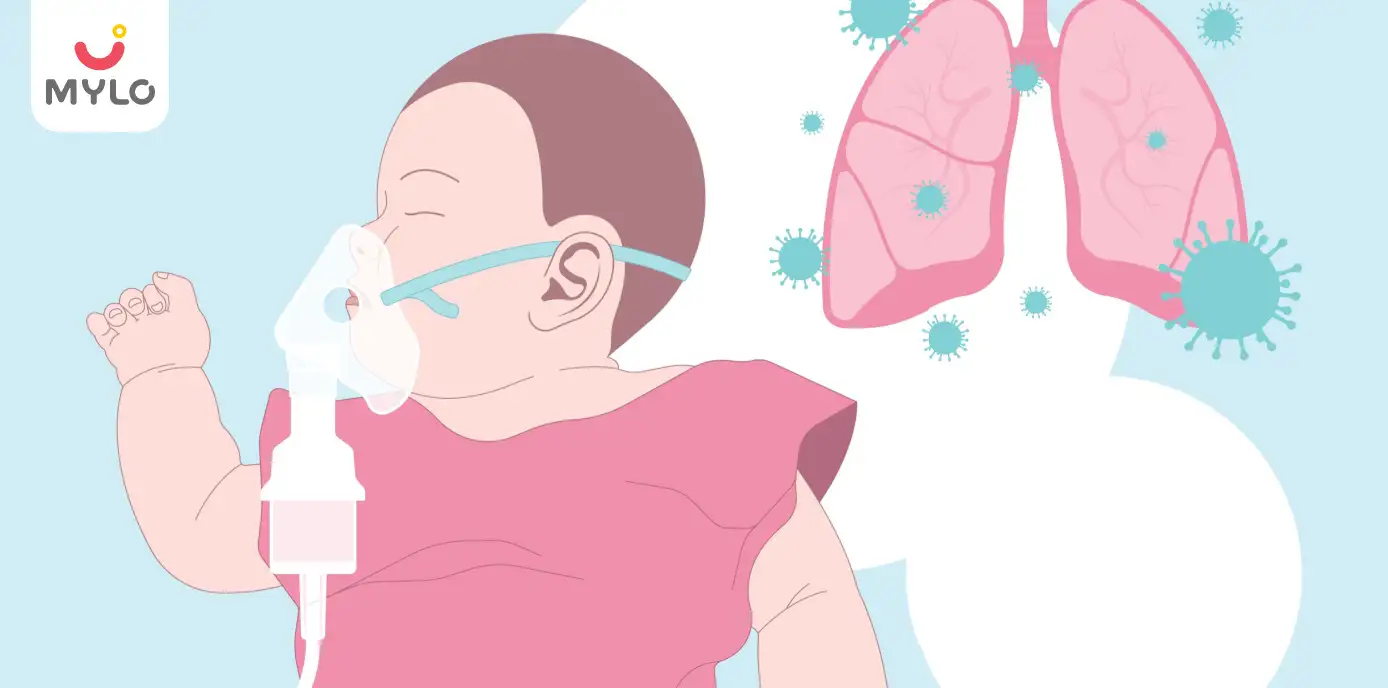
Cold & Cough
RSV (Respiratory Syncytial Virus): Symptoms, Causes & Treatment
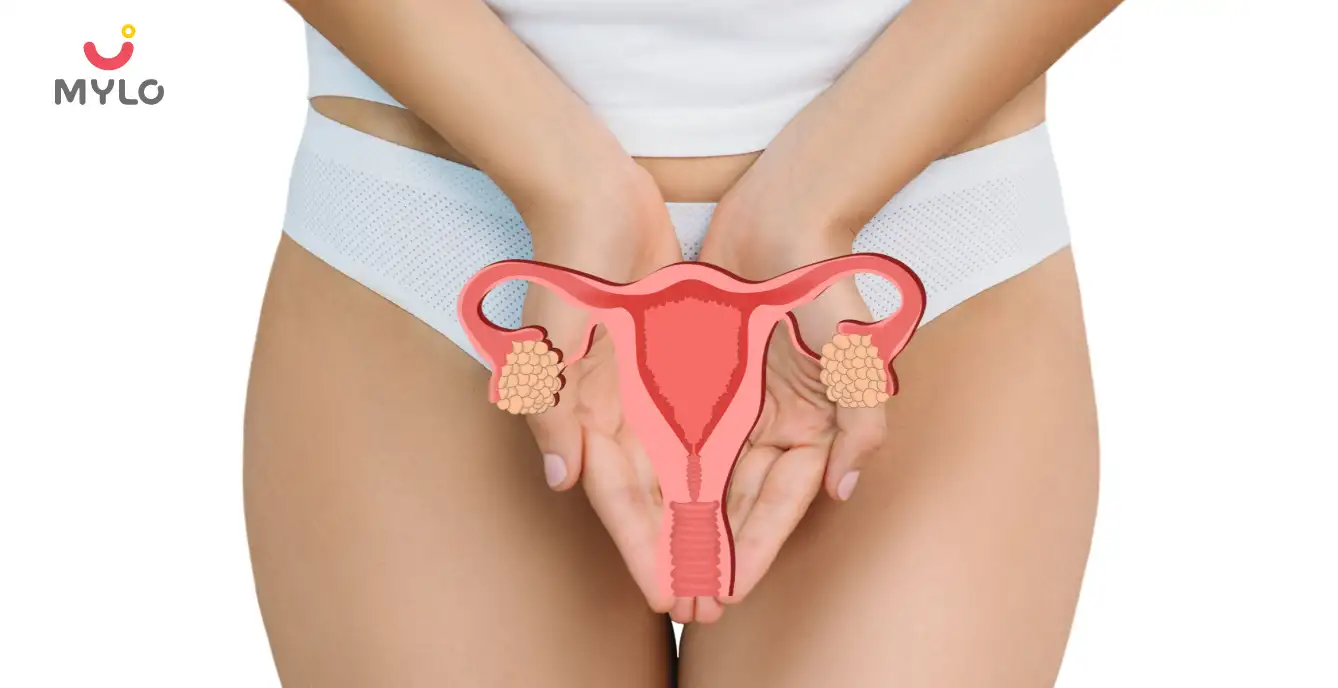
Love, Sex & Relationships
Loose Vagina: Learn How To Tighten Your Vagina Naturally
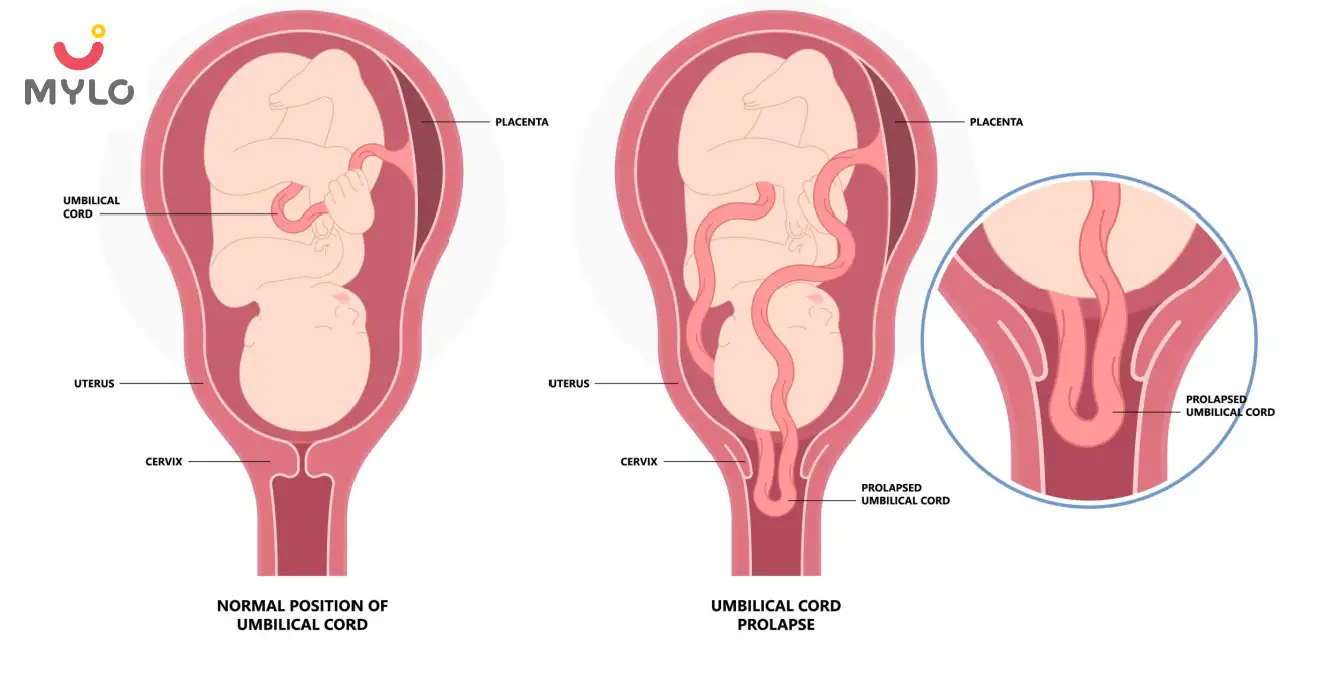
Umbilical Cord Complications
Umbilical Cord Prolapse Causes, Symptoms & Treatment
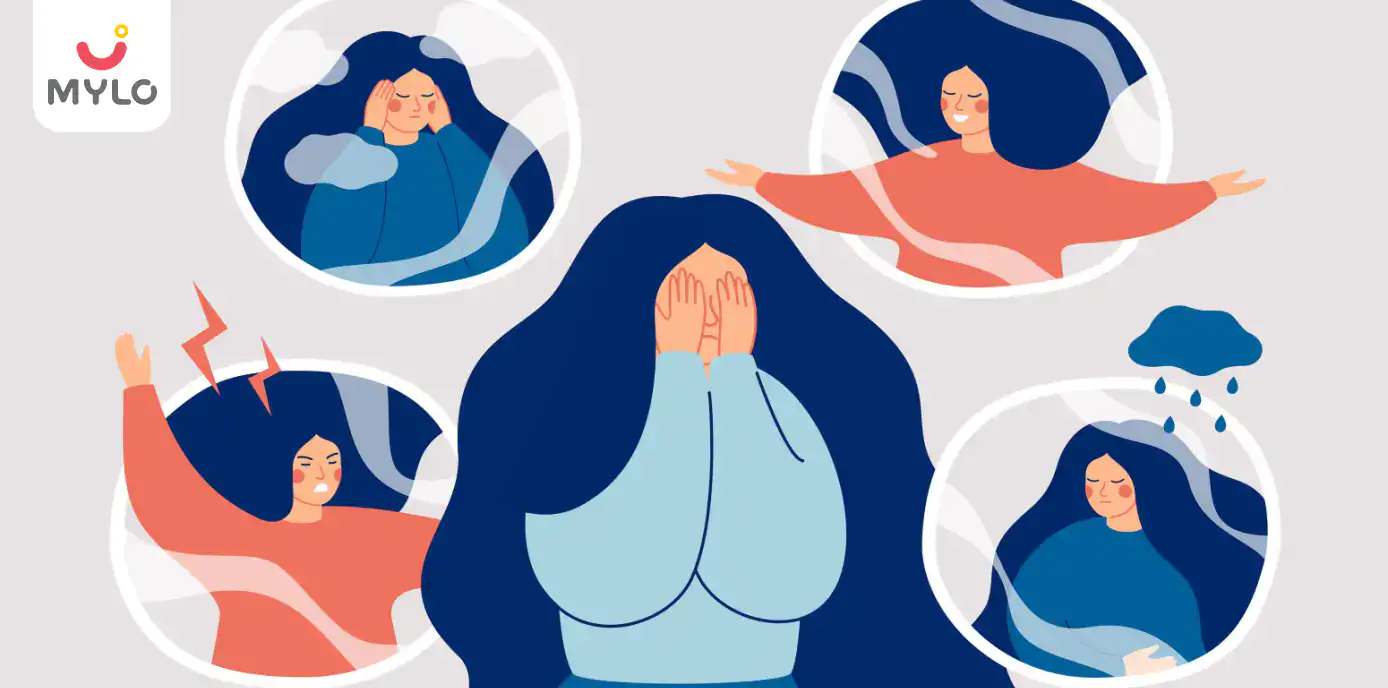
Symptoms & Illnesses
Bipolar Disorder: Causes, Symptoms, Risks & Treatment
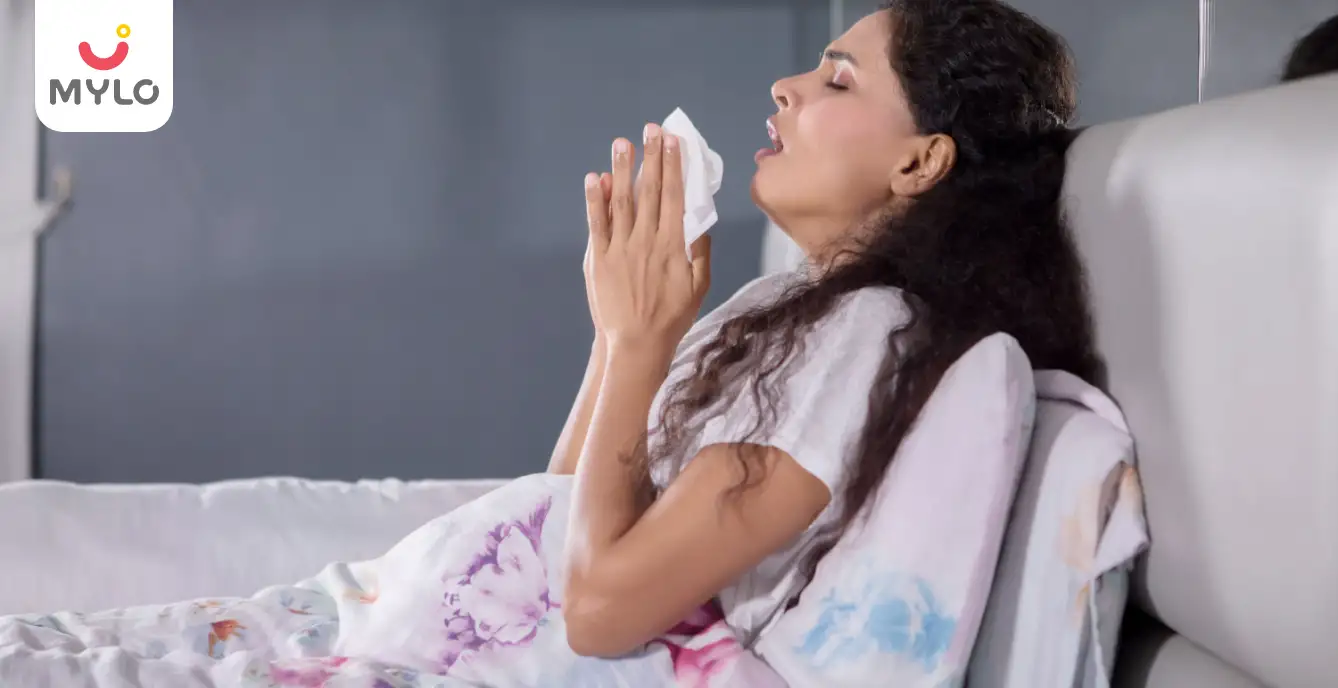
Illnesses & Infections
Sinus Infection During Pregnancy Causes & Treatment
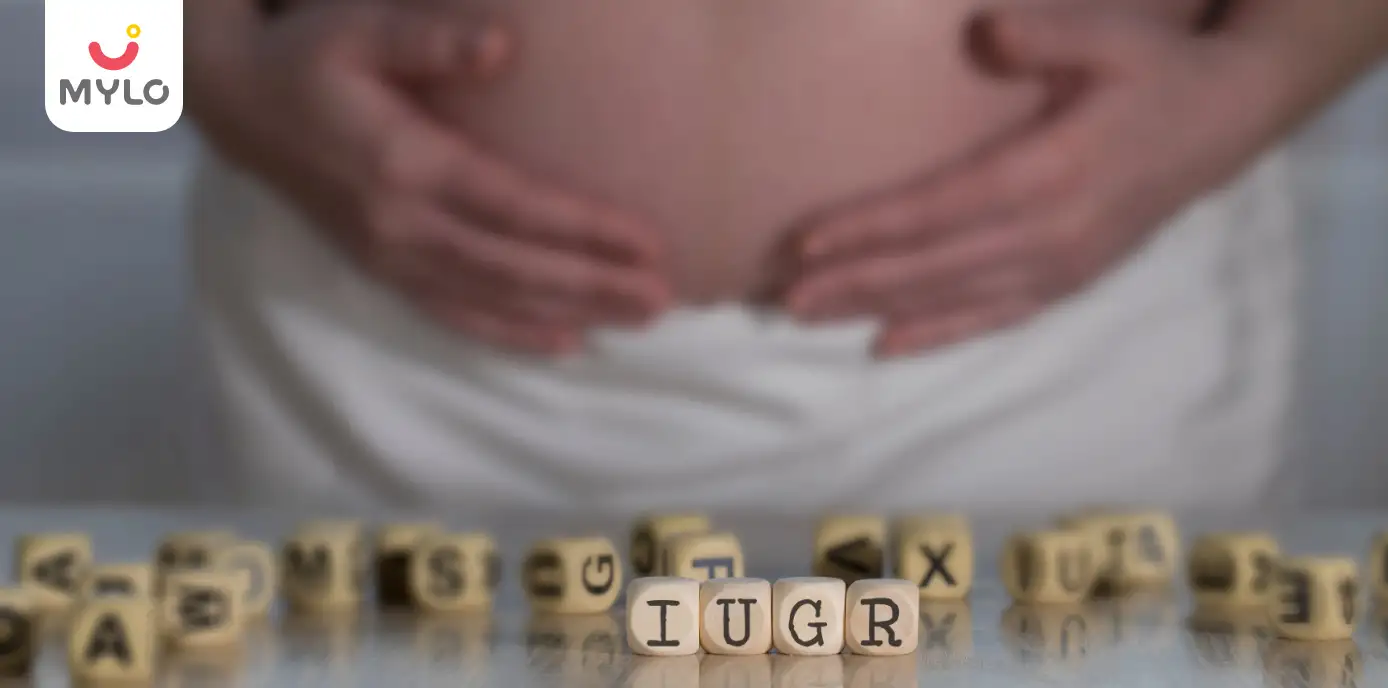
Growth & Development
Intrauterine Growth Restriction (IUGR) in Pregnancy
- APGAR Score: Meaning & How it is Performed
- Dyspareunia (Painful Intercourse): Causes & Treatment
- Short Bowel Syndrome: Causes, Symptoms, and Treatment
- Pelvic Inflammatory Disease (PID): Symptoms, Causes & Treatment
- Lightning Crotch in Pregnancy: All You Need to Know
- Vaginal Dilator: Learn its Types & How To Use It?
- Infected Umbilical Cord: Symptoms, Treatment And Prevention
- Is Hair Fall Normal in Pregnancy
- Syphilis: Symptoms, Causes, Risks & Treatment
- Congenital Heart Disease: Symptoms, Causes & Treatment
- Fetal Echo Test in Pregnancy: A Diagnostic Tool for Detecting Heart Defects in the Womb
- Bedwetting (Nocturnal Enuresis): Causes, Symptoms & Treatment
- Birthmark: Types, Causes, Risks & Treatment
- Behaviour Therapy: Benefits, Types & Techniques


AWARDS AND RECOGNITION

Mylo wins Forbes D2C Disruptor award

Mylo wins The Economic Times Promising Brands 2022
AS SEEN IN
















- Mylo Care: Effective and science-backed personal care and wellness solutions for a joyful you.
- Mylo Baby: Science-backed, gentle and effective personal care & hygiene range for your little one.
- Mylo Community: Trusted and empathetic community of 10mn+ parents and experts.
Product Categories
baby carrier | baby soap | baby wipes | stretch marks cream | baby cream | baby shampoo | baby massage oil | baby hair oil | stretch marks oil | baby body wash | baby powder | baby lotion | diaper rash cream | newborn diapers | teether | baby kajal | baby diapers | cloth diapers |








